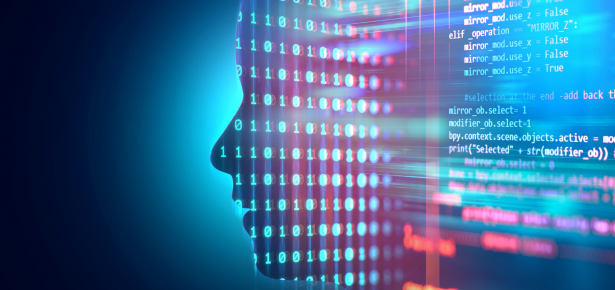
The past few years have witnessed some astounding advances in artificial intelligence, with high profile breakthroughs such as diagnostic software now in use and autonomously diagnosing disease, algorithms that can design new microchips better than teams of people, and machines that can write interesting articles. As AI continues to improve, it is going to take over an ever-increasing number of tasks that were once only performed by people. This is going to have profound consequences socially, economically, and legally.
The Reasonable Robot: Artificial Intelligence and the Law (CUP 2020) explores the legal implications of AI stepping into the shoes of people and doing human sorts of tasks. It finds that laws written with people in mind often give an unintentional preference to human or AI activity. In turn, this tends to result in negative and unintended outcomes. The Reasonable Robot proposes that the solution to this problem is for the law not to discriminate between AI and human behavior—a principle of AI legal neutrality. This will ultimately result in more benefits for people.
To illustrate, consider how the law taxes activity by a person and a machine differently. Take the example of the AI used in health care mentioned briefly above, the FDA authorized autonomous AI system that provides point of care assessment for certain eye diseases. If a hospital or medical group needs to hire a human eye doctor to evaluate emergency room patients, in addition to what they have to pay the doctor, they need to pay additional payroll taxes to the government based on the doctor’s wages. However, if the hospital or medical group can use the AI system instead of the human doctor, it does not have to pay any payroll taxes. As a result, if the person and the AI cost about the same and generate a similar level of productivity (often a complex or at least not a 1:1 comparison), businesses will be incentivized to automate to save on taxes. In addition to avoiding payroll taxes, there are other tax benefits to automating such as accelerated tax depreciation.
The gist of this is that the tax system is not neutral between human and AI activity, and the law pushes businesses to automate—even if it is only to save on taxes. The solution to this problem is to eliminate human-centric employment taxes to level the playing field. This will help ensure that businesses are only automating when it results in genuine efficiencies.
To take another example, AI has been generating creative and inventive output for years that, if that output had been made by a person, would be protected by intellectual property rights. However, it is not clear in the United States whether a creative work made without a traditional human author, or an invention generated without a traditional human inventor, could receive copyright or patent protection. That is going to be a major problem if AI-generated works end up being a major source of commercially valuable creative content or socially valuable innovations, because it will mean that the right incentives will not be in place for people to make, use, and develop AI that can generate socially valuable outputs.
The Reasonable Robot argues that the solution to this problem is to ensure the protection of AI-generated works, with the owner of the AI as the owner of the AI’s output. As with the tax solution above, this would level the playing field and allow businesses to generate creative output or innovate using either people or AI when one or the other (or both), is more effective. This solution is discussed in the context of The Artificial Inventor Project (AIP) which involves a series of legal test cases brought in various jurisdictions to obtain protection for an AI-generated invention without a traditional human inventor. The AIP recently obtained the world’s first patent for an AI-generated invention in South Africa, as well as a Federal Court decision in Australia holding that an AI-generated invention is patentable. Appeals from denials of these patents is currently ongoing in the United States, United Kingdom, European Patent Office, and Germany.
Latest Comments
Have your say!